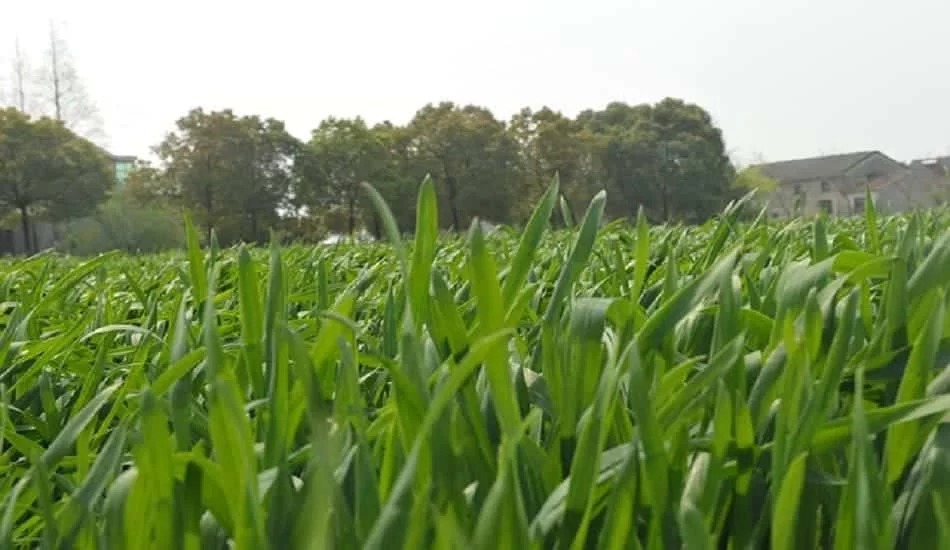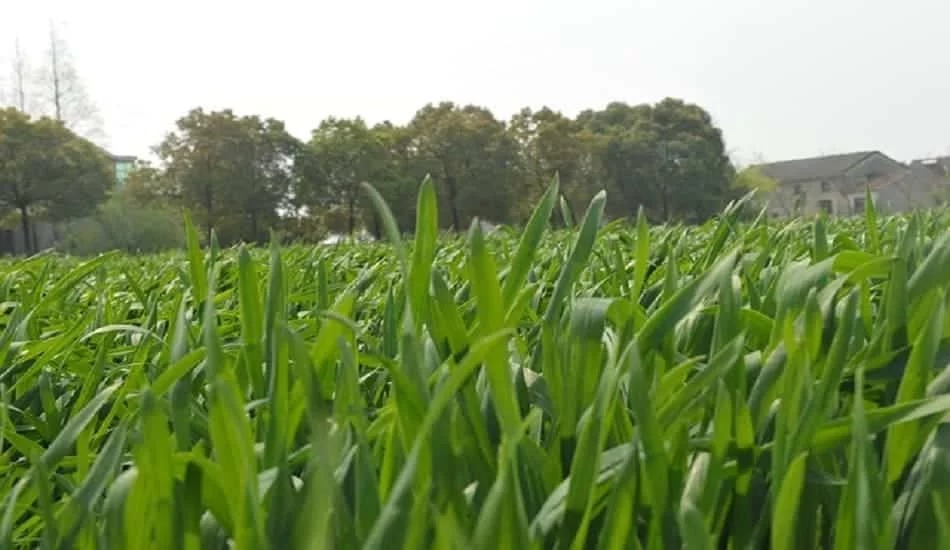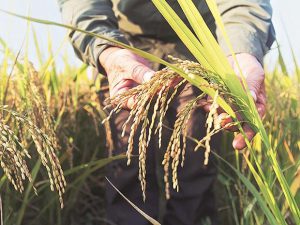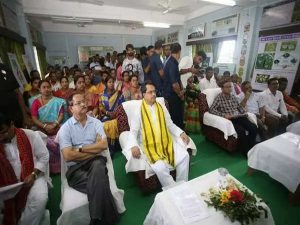Scientists have created an electrically conductive “soil” that they claim can result in 50% faster growth of barley seedlings in 15 days. This soilless cultivation method, known as hydroponics, utilizes an electrically stimulated root system via a new cultivation substrate.
“The world’s population is growing, and there is also climate change. So it’s clear that we won’t be able to meet the world’s food demands using only existing agricultural methods,” said Eleni Stavrinidou, an associate professor at Sweden’s Linkoping University.
“But with hydroponics, we can grow food in urban environments in very controlled settings,” she said. The team created eSoil, an electrically conductive cultivation substrate tailored to hydroponic cultivation.
The results of their research, published in the journal Proceedings of the National Academy of Sciences, show that barley seedlings grown in the conductive “soil” grew up to 50% faster when their roots were electrically stimulated after 15 days.
Plants grown hydroponically do not require soil; they only require water, nutrients, and something their roots can attach—a substrate. It is a closed system that allows for water recirculation, ensuring that each seedling receives the nutrients it requires. As a result, very little water is required, and all nutrients remain in the system, which is impossible in traditional farming. Hydroponics also allows for vertical cultivation in large towers, which saves space. Crops already grown in this manner include lettuce, herbs, and some vegetables.
According to the latest study, barley seedlings can be grown hydroponically and have a faster growth rate thanks to electrical stimulation.
By doing so, we can get seedlings to grow faster while using fewer resources.” We don’t know how it works or which biological mechanisms are involved. “We discovered that seedlings process nitrogen more efficiently, but it’s unclear how electrical stimulation affects this process,” said Starvrinidou.
Mineral wool is frequently used as a hydroponic cultivation substrate. According to the researchers, this is not only non-biodegradable, but it is also produced in an extremely energy-intensive process.
According to the researchers, the electronic cultivation substrate, eSoil, is made of cellulose, the most abundant biopolymer, mixed with a conductive polymer called PEDOT.
According to the researchers, this combination is not novel, but it is the first time it has been used for plant cultivation and creating an interface for plants in this manner.
Previously, high voltage was used to stimulate the roots. The advantage of the Linkoping researchers’ “soil” is that it consumes very little energy and poses no danger from high voltage.
Stavrinidou believes that the discovery will pave the way for new research areas to further develop hydroponic cultivation.
“We cannot claim that hydroponics will solve the food security problem.” However, it can help, especially in areas with limited arable land and harsh environmental conditions,” she added.
Visit us – www.kisansabha.in !!!





